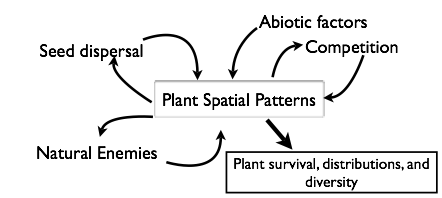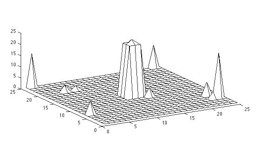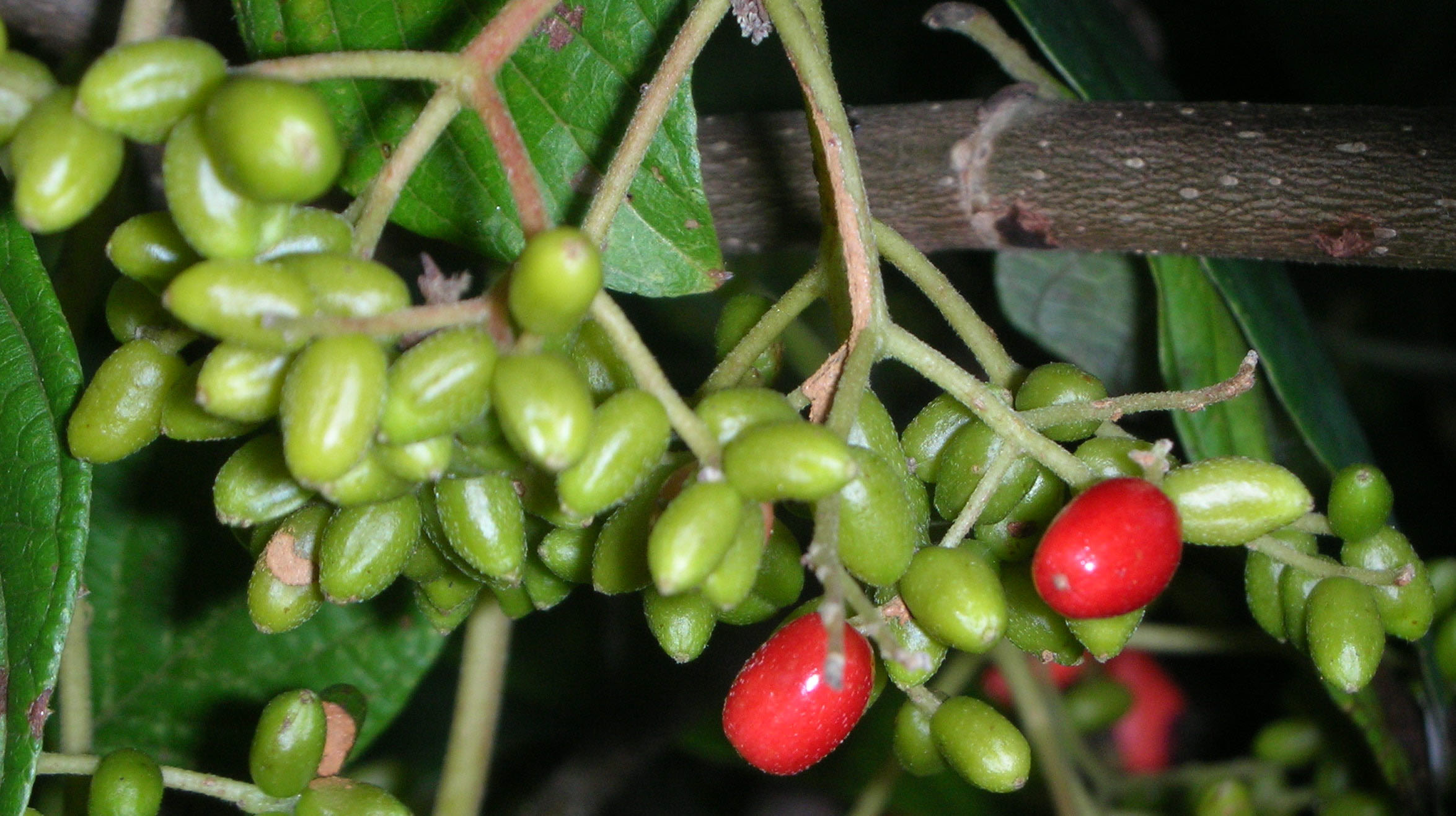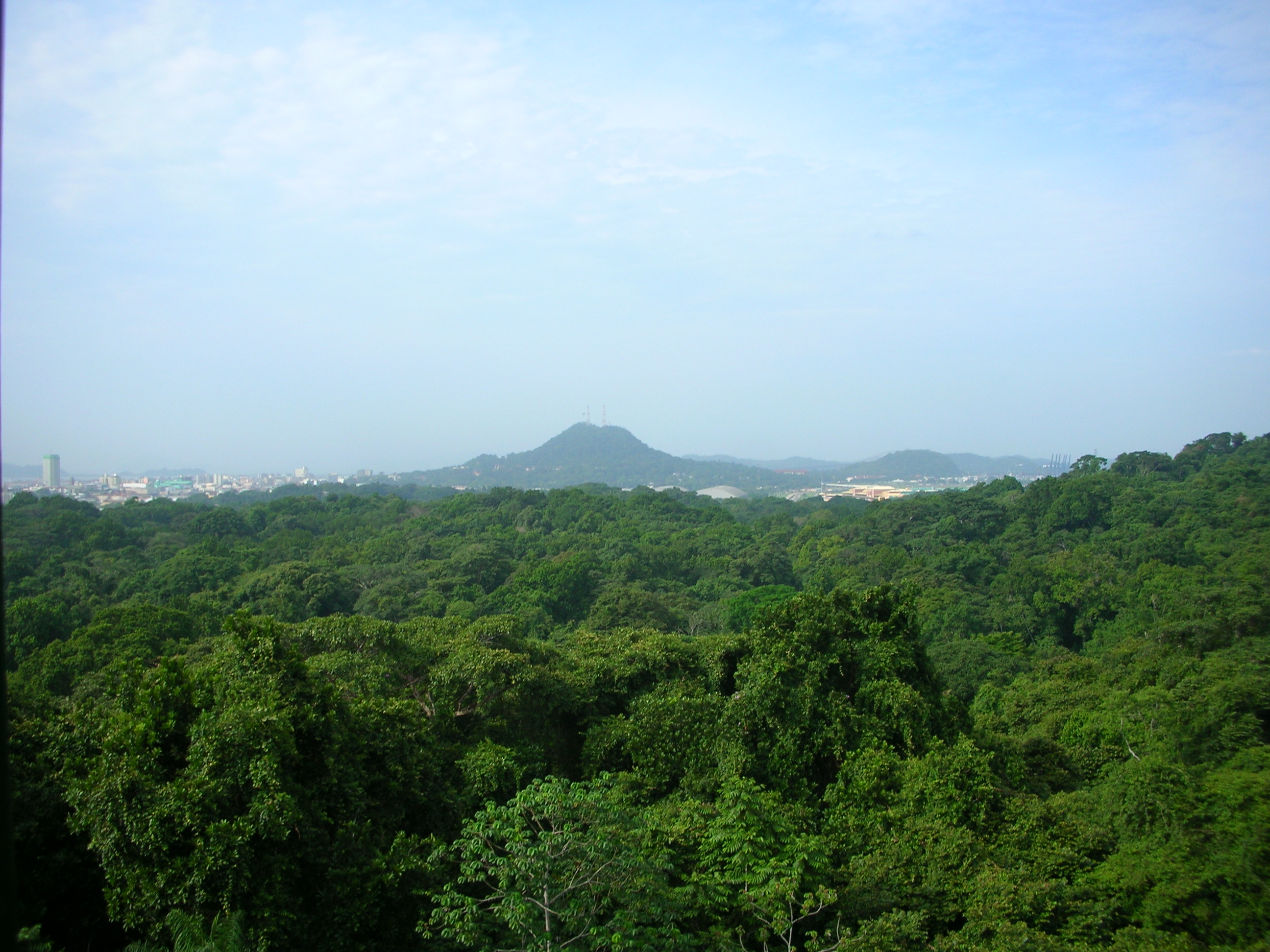Scaling from Seedscapes to Ecosystems
How do multiscale processes influence plant populations and communities?

Seed dispersal is the sole method of movement for most plants and, thereby, establishes the initial spatial template of plants. Patterns of seed deposition influence the seedscape The aspects of the biotic and abiotic environment surrounding a seed that influence later stages of plant recruitment (Beckman & Rogers 2013). and determine subsequent interactions with neighbors competing for limiting resources, the likelihood of mortality due to natural enemies, and the likelihood of reaching microsites suitable for survival and growth (Beckman & Rogers 2013). Seed dispersal is important in determining future population and community dynamics.

Vertebrates disperse seeds of approximately half of all flowering plants and more than eighty percent of tropical tree species. While dispersal by wind tends to result in more even seed deposition, dispersal by vertebrates frequently results in clumped seed deposition in areas preferred by vertebrates away from the parent tree. Aggregation at the seed stage may persist to later recruitment stages with consequences for species diversity. Incorporating clumped seed deposition in models of plant coexistence may significantly alter predictions of plant diversity as well as subsequent interactions with natural enemies and the resulting spatial patterns of seedling establishment.
Specialized natural enemies that respond to seed/seedling densities or distance to a parent tree are hypothesized to alter seedling spatial distributions and contribute to plant coexistence. There have been a handful of modeling studies investigating how natural enemies shape recruitment patterns of seedlings; the little work on this subject focuses on vertebrate and invertebrate seed predators. Although pathogens are expected to be a major driver in seedling recruitment and have very different movement patterns and life histories compared to animals, pathogens have not typically been incorporated in models of seedling recruitment.
Using a spatially-explicit simulation model developed with empirically based functions, Dr. Beckman and colleagues showed that three factors were crucial in determining spatial distributions of seedlings around isolated trees; these factors were local-scale clumping of seeds due to vertebrate seed dispersal, natural enemy type (i.e. insect seed predators vs. soil-borne pathogens), and the dispersal distances of seeds relative to those of natural enemies (Beckman et al. 2012). To further examine the consequences of different scales of clumping in seed deposition and foraging behavior of insect seed predators for populations of plants, Dr. Beckman and Dr. Fred Adler (University of Utah) developed a simulation model and an analytical approximation with that elucidates the influence of spatial structure created by vertebrates on plant spatial patterns and survivorship. To examine the relative influence of dispersal, natural enemies, and environmental heterogeneity on species coexistence, the Beckman Lab will further develop and evaluate these models with empirical studies to scale from interactions among individuals to communities of species competing for limiting resources.



